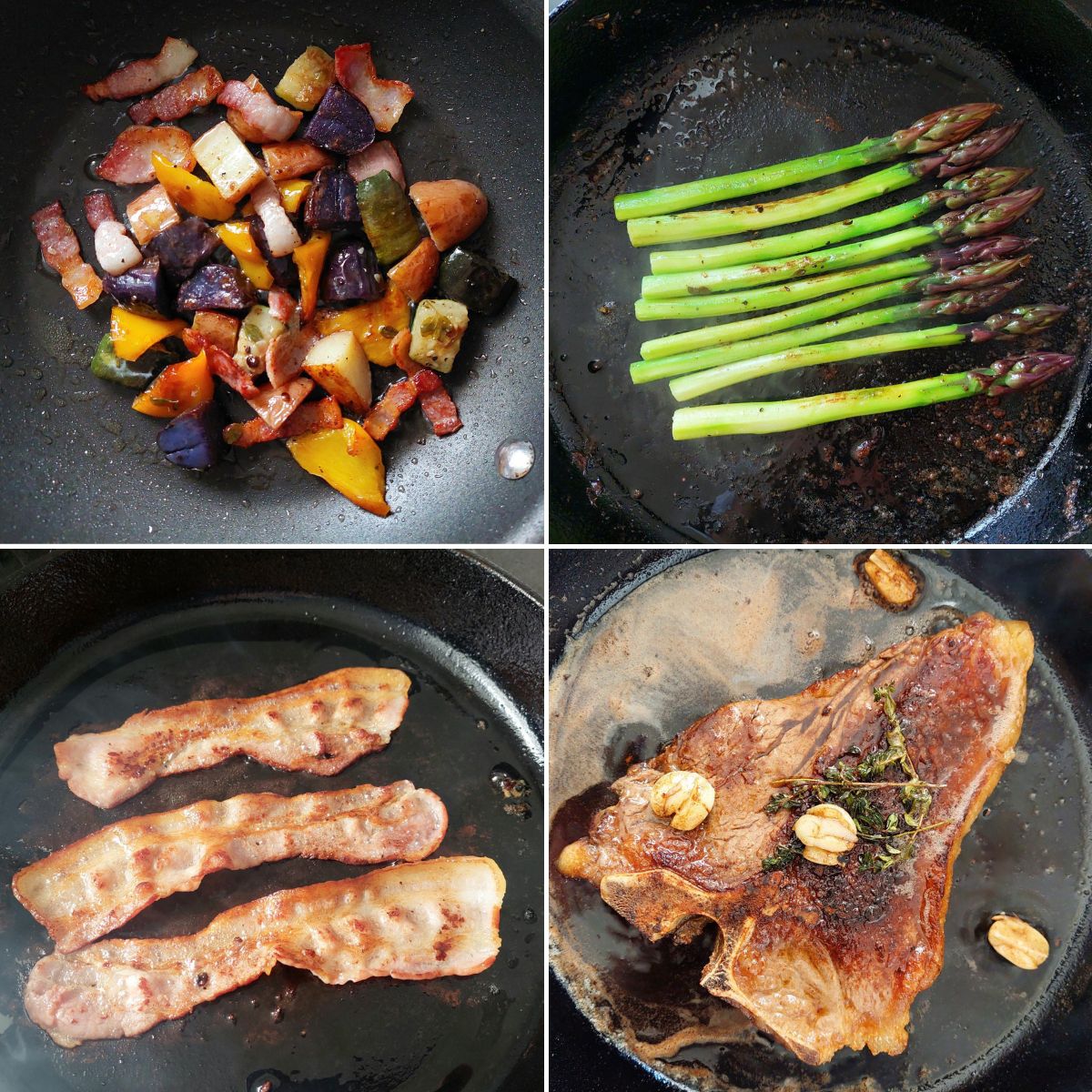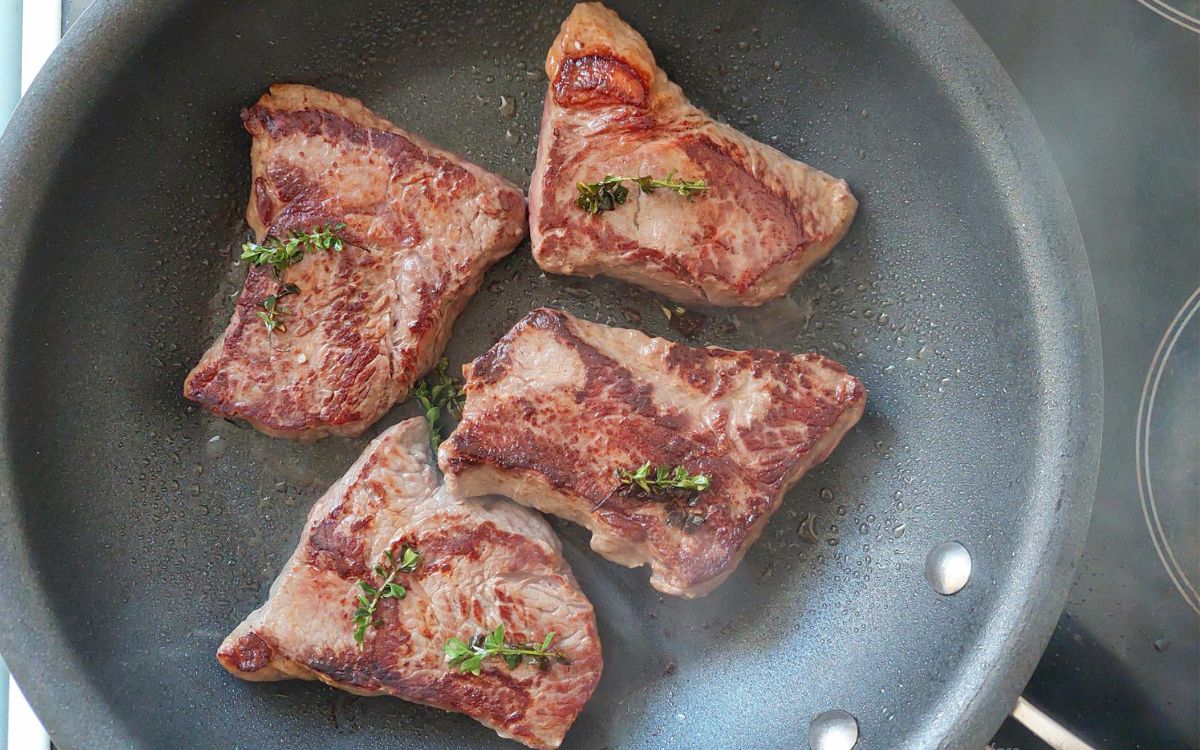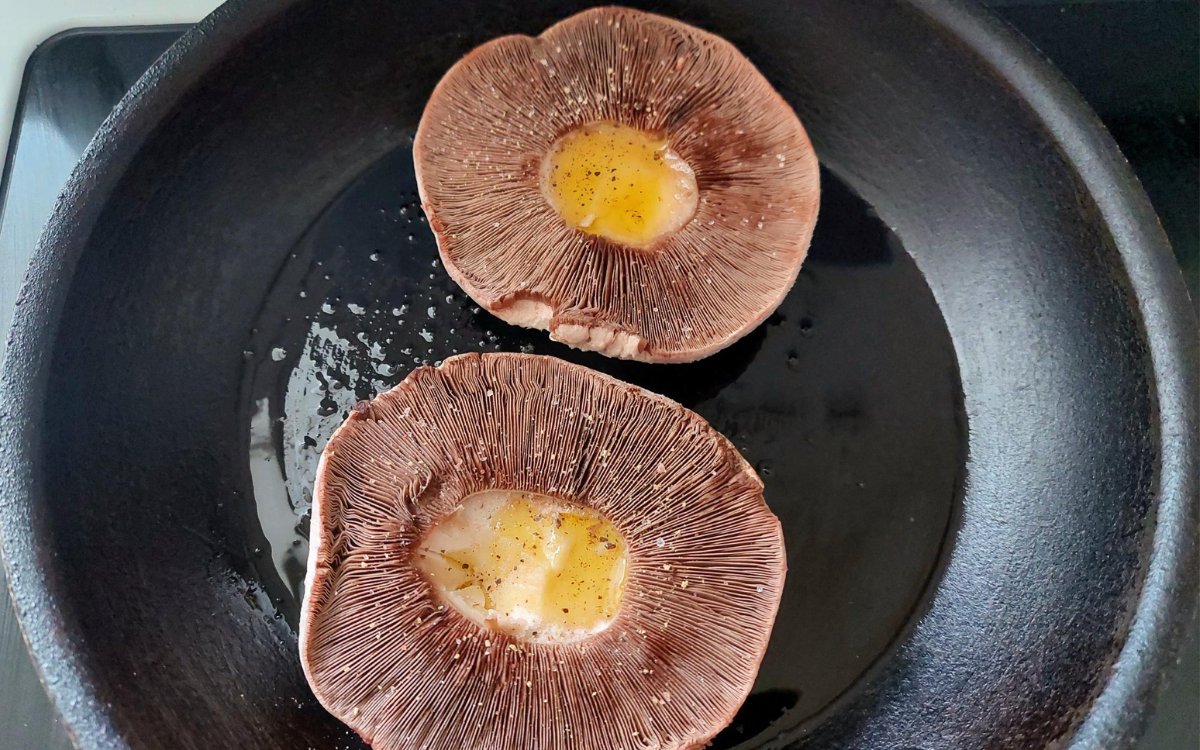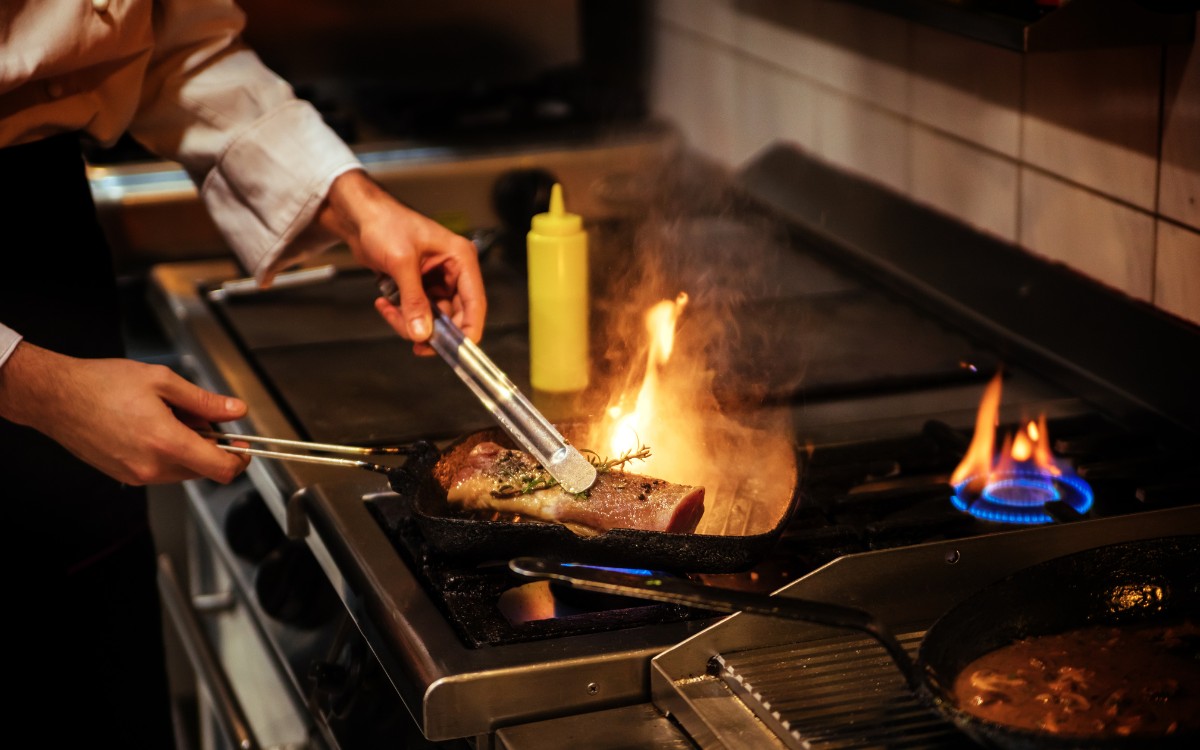Privacy Policy | Terms and Conditions | Disclosure Statement | License Policy
COPYRIGHT © 2024 | NUMBER 8 COOKING | ALL RIGHTS RESERVED.

Privacy Policy | Terms and Conditions | Disclosure Statement | License Policy
COPYRIGHT © 2024 | NUMBER 8 COOKING | ALL RIGHTS RESERVED.

Privacy Policy | Terms and Conditions | Disclosure Statement | License Policy
COPYRIGHT © 2024 | NUMBER 8 COOKING | ALL RIGHTS RESERVED.
Overcrowding a pan is a common mistake many home cooks make, especially when trying to get dinner on the table on a busy weeknight quickly. As a chef with decades of experience, I’ve seen firsthand how overcrowding pans leads to lackluster results.
The food ends up steaming instead of properly searing and developing flavor. However, avoiding an overcrowded pan is easy once you understand why it causes issues and how to cook in batches instead. These tips help you avoid this pitfall and take your cooking to the next level!

The key to avoiding overcrowding a pan is cooking in smaller batches. Separate your ingredients into portions that can sear and brown appropriately with plenty of space to let moisture evaporate.
Use a large pan to allow food to cook in a single layer without cramming everything into a small pan. Employ high heat for thin, quick items like strips of steak or pork. Lower the temperature for thicker cuts and denser vegetables so the exterior doesn’t burn before the middle cooks through.
Work in stages – brown meats first and then remove them before adding aromatics or more delicate ingredients. The idea is to avoid conflicting cooking times. Know which foods need a head start or more time to brown correctly.
Use downtime between batches to prepare other meal components to save time. Resist the urge to rush and overload the pan all at once. With a planned, patient approach, you’ll achieve perfect searing and fond development in each batch for maximum flavor.
How to avoid overcrowding a pan — You will find that taking this approach will take the same amount of time as if you had overloaded the pan. Even better, the final result will be delicious and satisfying.
What Is Fond — Fond is the flavorful brown residue stuck to the bottom of pans after searing or roasting meats. Adding a liquid to deglaze the pan and scraping up this concentrated, caramelized fond is the base for sauces and gravies. This chef trick adds intense, meaty sweetness and depth of flavor to a sauce. Maximizing fond requires not overcrowding the pan so food can properly brown, caramelize, and slightly stick before releasing.
Cooking in smaller batches is how you avoid overcrowding a pan. This is vital to avoiding the pitfalls of an overloaded pan. Here are some tips:


When food cooks, complex chemical reactions occur between amino acids and natural sugars, producing hundreds of flavor compounds that don’t exist in the raw ingredients.
This is known as the Maillard reaction. It’s what gives seared meats their rich, savory flavor and causes the natural sugars in meats and vegetables to caramelize into deliciousness.
Overcrowding the pan inhibits this process. Too much moisture and insufficient heat circulation prevent the Maillard reaction from occurring correctly.

The Maillard reaction is a chemical process that occurs when foods are cooked at high temperatures. This reaction between amino acids and natural sugars in the food gives cooked food delicious flavor, aroma, and color.
The Maillard reaction occurs when ingredients are baked, roasted, seared, sautéed, or fried. For the Maillard reaction, the food’s outer surface must reach temperatures above 140°C (285°F). This allows the amino acids and natural sugars within the food to caramelize.
How to avoid overcrowding a pan — Controlling the Maillard reaction through proper temperature and cooking time separates disappointing bland food from incredible cuisine bursting with flavor, smell, and visual appeal.
I want to empower home cooks with the knowledge needed to avoid overcrowding pans. You’ll be able to produce restaurant-quality dishes with beautifully seared and caramelized components that burst with well-developed flavors.
How to avoid overcrowding a pan — Your food will taste and look much better. Cooking it will be more enjoyable without dealing with subpar results.
Overcrowding a pan causes a host of issues, including lack of browning and caramelization, uneven cooking, and insufficient fond development. Failure to build the complex flavors that make food visually appealing and truly delicious.
As mentioned, overcrowding prevents food from properly searing and undergoing the flavor-boosting Maillard reaction. Pieces steam and boil in their juices rather than caramelize, producing extremely bland, colorless food.
When meat or vegetables are packed tightly into a pan, the pieces on the bottom and outer edges tend to overcook by the time the middle finishes cooking. This leads to uneven cooking, with some parts burnt and others underdone.
The brown bits stuck to the bottom of a pan after searing meat or other ingredients are full of deep, concentrated flavors. This is known as fond. Overloaded pans can’t form a proper fond since juices pool on the bottom rather than evaporate and concentrate.
Cooking is a science and a skill that requires a deep understanding of both the technical and creative aspects. Cooking is also a matter of precise measurements and ratios.
For example, baking is particularly sensitive to accurate measurements and temperatures. A slight deviation in the amount of an ingredient or cooking degrees can result in a completely different outcome. So, to help you, here is a handy little unit converter tool for cooking without guesswork.